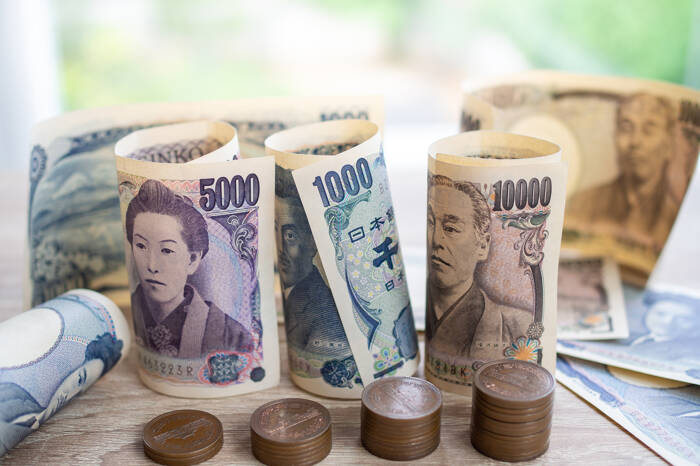


The Bank of Japan could tighten monetary policy to bolster the Japanese Yen.
BoJ Deputy Governor Ryozo Himino recently addressed the effects of a weaker Yen on the economy, saying,
“Exchange-rate fluctuations affect economic activity in various ways. It also affects inflation in a broad-based and sustained way, beyond the direct impact on import prices.”
With the Japanese government holding back from intervening for the second time in as many months, the onus may be on the BoJ to target the weaker Yen.
In June, Bruegel Senior Fellow Alicia Garcia Herrero saw quantitative tightening as more effective than interventions, saying:
“Bank of Japan to start quantitative tightening, which could support the Yen more than intervention.”
I asked her if the BoJ would risk cutting JGB purchases back more aggressively if US inflation numbers did not sink expectations of a September Fed rate cut, to which she replied,
“No choice, Yen beyond 160.”
US inflation numbers didn’t sink expectations of a September Fed rate cut, nor did they fuel expectations, leaving the USD/JPY at 161.
Considering interest rate differentials and carry trade appetite, numbers from Japan must improve. If all else fails, an aggressive cut to JGB purchases may do the job, but at what cost?
Meanwhile, the US Jobs Report will warrant investor attention later in the session on Friday.
Can the Jobs Report give the BoJ some breathing room?
Fed Chair Powell spoke favorably about inflation progress toward the 2% target on Tuesday, July 2. However, the Fed Chair left investors with a focal point going into the Friday session. Powell highlighted that wage growth remained elevated.
Higher wages could increase disposable income and fuel consumer spending and demand-driven inflation.
The US Jobs Report could alleviate concerns about wage growth if average hourly earnings soften by more than expected.
Economists forecast average hourly earnings to increase 3.9% year-on-year in June after rising 4.1% in May.
For perspective, average hourly earnings rose 4.4% in January and trended lower to 4.0% in April before an uptick to 4.1% in May. A drop below 4.0% may not be enough to cement a September Fed rate hike. Both a rise in unemployment and a decline in the participation rate may be necessary to suggest a sustainable downward trend in wage growth.
Economists expect the US unemployment rate to remain steady at 4.0% in June.